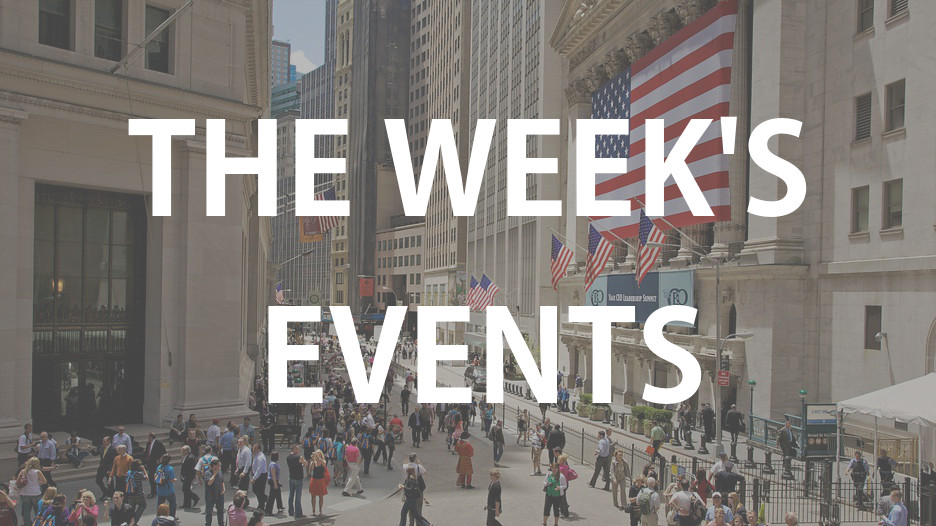The 3 yr note auction was mediocre with a yield of 2.664%, exactly where the when issued was trading just prior. The bid to cover of 2.83 was below the one year average of 2.93. And, dealers got left with 39.4% of the auction, a touch above the 12 month average of 37% with direct and indirect bidders taking the rest.
The 10 yr auction was better. The yield of 2.962% was a few bps below the when issued. The bid to cover of 2.59, a five month high and was above the one year average of 2.45. Also, direct and indirect bidders took almost 72% of the auction, a touch above the 12 month average of 70%.
Bottom line, if only market participants could talk here. I believe the short end reflects the continued expectations of rate hikes as inflation pressures are moving in the direction the Fed wants it to as the core CPI rate is approaching a 10 yr high. Also, we have some calm in Italy. While the 10 yr yield is heading back to 3% again, the flattening between 2s/10s (44 bps currently) I believe still reflects the belief that this rate hike cycle, as do most, eventually slows growth. Did the better tone in the 10 yr reflect worries about trade tariff induced slower economic growth? I don’t know of course but maybe. The stock market on the other hand certainly doesn’t believe this and is more focused on the current earnings pace and what will likely be a good Q2 economic performance. One side is likely off sides or maybe the reconciliation between the two is just in the differing time horizons.






 Peter is the Chief Investment Officer at Bleakley Advisory Group and is a CNBC contributor. Each day The Boock Report provides summaries and commentary on the macro data and news that matter, with analysis of what it all means and how it fits together.
Peter is the Chief Investment Officer at Bleakley Advisory Group and is a CNBC contributor. Each day The Boock Report provides summaries and commentary on the macro data and news that matter, with analysis of what it all means and how it fits together.